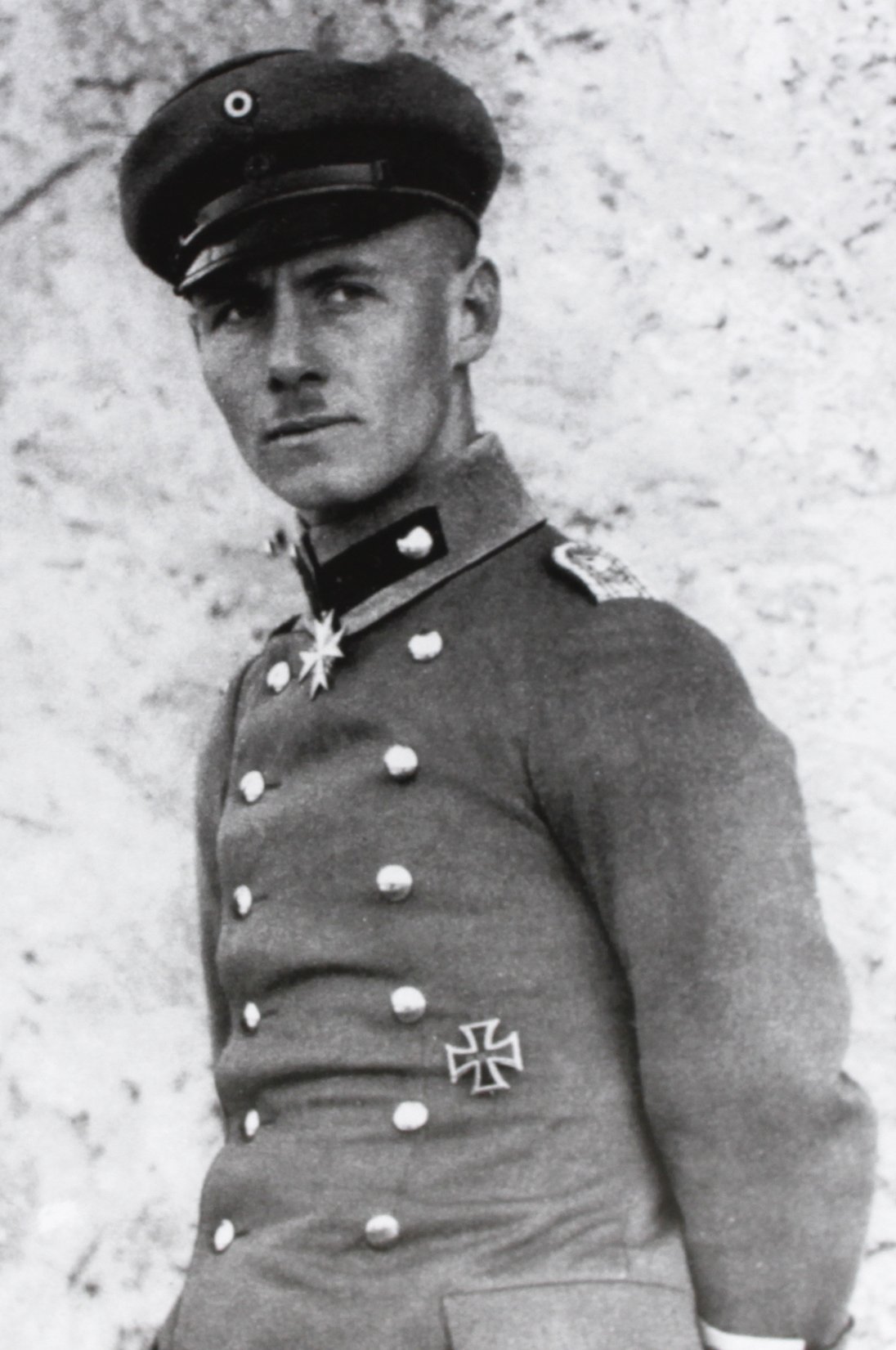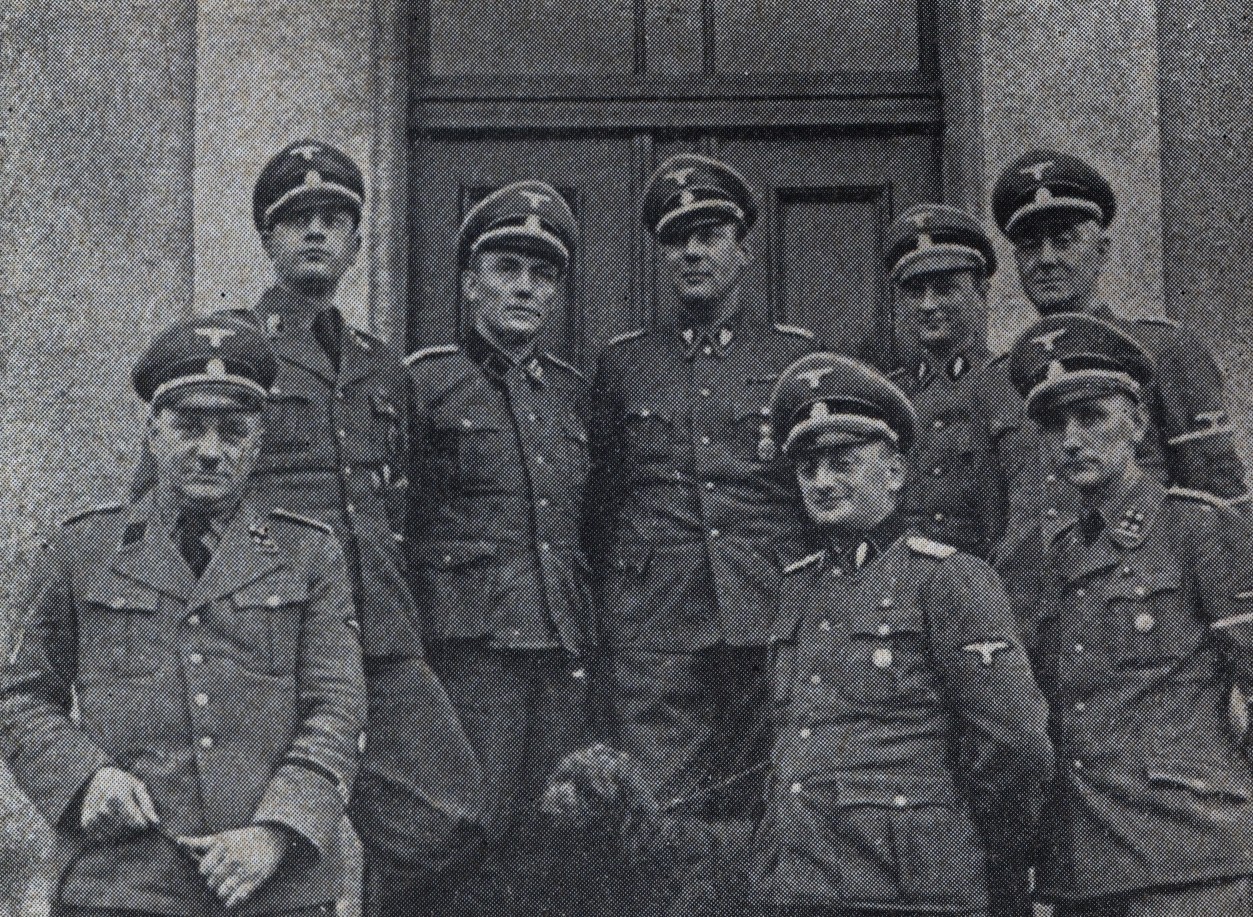|
3rd SS Panzer Division
The 3rd SS Panzer Division "Totenkopf" () was an elite division of the Waffen-SS of Nazi Germany during World War II, formed from the Standarten of the SS-TV. Its name, ''Totenkopf'', is German for "death's head"the skull and crossbones symboland it is thus sometimes referred to as the Death's Head Division. The division was formed through the expansion of ''Kampfgruppe Eicke'', a battle group named – in keeping with German military practice – after its commander, Theodor Eicke. Most of the battle group's personnel had been transferred to the Waffen-SS from concentration camp guard units, which were known collectively as ''SS-Totenkopfverbände''; others were former members of '' Selbstschutz'': ethnic German militias that had committed war crimes in Poland. The division became notorious for its brutality, and committed numerous war crimes, including the Le Paradis and Chasselay massacres. The remnants of the division surrendered on 9 May 1945 to American ... [...More Info...] [...Related Items...] OR: [Wikipedia] [Google] [Baidu] |
SS-Totenkopfverbände
(SS-TV; or 'SS Death's Head Battalions') was a major branch of the Nazi Party's paramilitary (SS) organisation. It was responsible for administering the Nazi concentration camps, concentration camps and extermination camps of Nazi Germany, among similar duties. It was both the successor and expanded organisation to the (guard units) formed in 1933. While the was the universal cap badge of the SS, the SS-TV also wore this insignia on the right Gorget patches, collar tab to distinguish itself from other SS formations. On 29 March 1936, concentration camp guards and administration units were officially designated as the (SS-TV). The SS-TV was an independent unit within the SS, with its own command structure. It ran the camps throughout Nazi Germany, Germany and later in German-occupied Europe, occupied Europe. Camps in Germany included Dachau concentration camp, Dachau, Bergen-Belsen concentration camp, Bergen-Belsen, and Buchenwald concentration camp, Buchenwald; camps el ... [...More Info...] [...Related Items...] OR: [Wikipedia] [Google] [Baidu] |
Totenkopf
''Totenkopf'' (, i.e. ''skull'', literally "dead person's head") is the German word for skull. The word is often used to denote a figurative, graphic or sculptural symbol, common in Western culture, consisting of the representation of a human skull – usually frontal, more rarely in profile with or without the mandible. In some cases, other human skeletal parts may be added, often including two crossed long bones (femurs) depicted below or behind the skull (when it may be referred to in English as a " skull and crossbones"). The human skull is an internationally used symbol for death, the defiance of death, danger, or the dead, as well as piracy or toxicity. In English, the term ''Totenkopf'' is commonly associated with 19th- and 20th-century German military use, particularly in Nazi Germany. The german word for skull without emotional connotation is ''Schädel''. Naval use In early modern sea warfare to early modern sea piracy, buccaneers and pirates used the ''Totenkopf ... [...More Info...] [...Related Items...] OR: [Wikipedia] [Google] [Baidu] |
Cambrai
Cambrai (, ; ; ), formerly Cambray and historically in English Camerick or Camericke, is a city in the Nord department and in the Hauts-de-France region of France on the Scheldt river, which is known locally as the Escaut river. A sub-prefecture of the department, Cambrai is a town which had 32,501 inhabitants in 2018. It is in the heart of the urban unit of Cambrai with 46,772 inhabitants. Its functional area, a more extensive range, included 94,576 inhabitants in 2018.Comparateur de territoire: Aire d'attraction des villes 2020 de Cambrai (108), Unité urbaine 2020 de Cambrai (59403), Commune de Cambrai (59122) INSEE With |
7th Panzer Division (Wehrmacht)
The 7th Panzer Division was an Panzer, armored formation of the German Army (Wehrmacht), German Army in World War II. It participated in the Battle of France, the invasion of the Soviet Union, the occupation of Vichy France, and on the Eastern Front (World War II), Eastern Front until the end of the war. The 7th Panzer Division is also known by its nickname, Ghost Division. The division met with great success in France in 1940 and then again in the Soviet Union in 1941. In May 1942, the division was withdrawn from the Soviet Union and sent back to France to replace losses and refit. It returned to Southern Russia following the defeat at Stalingrad, and helped to check a general collapse of the front in a series of defensive battles as part of Army Group Don, and participated in General Erich von Manstein's counterattack at Third Battle of Kharkov, Kharkov. The division fought in the unsuccessful offensive at Battle of Kursk, Kursk in the summer of 1943, suffering heavy losses in m ... [...More Info...] [...Related Items...] OR: [Wikipedia] [Google] [Baidu] |
Erwin Rommel
Johannes Erwin Eugen Rommel (; 15 November 1891 – 14 October 1944), popularly known as The Desert Fox (, ), was a German '' Generalfeldmarschall'' (field marshal) during World War II. He served in the ''Wehrmacht'' (armed forces) of Nazi Germany, as well as in the ''Reichswehr'' of the Weimar Republic, and the army of Imperial Germany. Rommel was a highly decorated officer in World War I and was awarded the ''Pour le Mérite'' for his actions on the Italian Front. In 1937, he published his classic book on military tactics, '' Infantry Attacks'', drawing on his experiences in that war. In World War II, he commanded the 7th Panzer Division during the 1940 invasion of France. His leadership of German and Italian forces in the North African campaign established his reputation as one of the ablest tank commanders of the war, and earned him the nickname ''der Wüstenfuchs'', "the Desert Fox". Among his British adversaries he had a reputation for chivalry, and his phrase ... [...More Info...] [...Related Items...] OR: [Wikipedia] [Google] [Baidu] |
Low Countries
The Low Countries (; ), historically also known as the Netherlands (), is a coastal lowland region in Northwestern Europe forming the lower Drainage basin, basin of the Rhine–Meuse–Scheldt delta and consisting today of the three modern "Benelux" countries: Belgium, Luxembourg, and the Netherlands (, which is singular). Geographically and historically, the area can also include parts of France (such as Nord (French department), Nord and Pas-de-Calais) and the Germany, German regions of East Frisia, Geldern, Guelders and Cleves. During the Middle Ages, the Low Countries were divided into numerous semi-independent principalities. Historically, the regions without access to the sea linked themselves politically and economically to those with access to form various unions of ports and hinterland, stretching inland as far as parts of the German Rhineland. Because of this, nowadays not only physically low-altitude areas, but also some hilly or elevated regions are considered part of ... [...More Info...] [...Related Items...] OR: [Wikipedia] [Google] [Baidu] |
Battle Of France
The Battle of France (; 10 May – 25 June 1940), also known as the Western Campaign (), the French Campaign (, ) and the Fall of France, during the Second World War was the Nazi Germany, German invasion of the Low Countries (Belgium, Luxembourg and the Netherlands) and French Third Republic, France. The plan for the invasion of the Low Countries and France was called (Case Yellow or the Manstein plan). (Case Red) was planned to finish off the French and British after the Dunkirk evacuation, evacuation at Dunkirk. The Low Countries and France were defeated and occupied by Axis troops down to the Demarcation line (France), Demarcation line. On 3 September 1939, French declaration of war on Germany (1939), France and United Kingdom declaration of war on Germany (1939), Britain declared war on Nazi Germany, over the German invasion of Poland on 1 September. In early September 1939, the French army began the limited Saar Offensive but by mid-October had withdrawn to the start line ... [...More Info...] [...Related Items...] OR: [Wikipedia] [Google] [Baidu] |
SS Heimwehr Danzig
SS Heimwehr "Danzig" was an SS unit established in the Free City of Danzig (today Gdańsk and environs, Poland) before the Second World War. It fought with the German Army against the Polish Army during the invasion of Poland, and some of its members committed a massacre of Polish civilians. After this it became part of the 3rd SS ''Totenkopf'' Division and ceased to exist as an independent unit. Also known as Heimwehr Danzig (Danzig Home Defense), it was officially established on 20 June 1939, when the Danzig senate under Albert Forster decided to set up its own armed force; a cadre of this new unit primarily formed the Danzig SS Wachsturmbann "Eimann". History ''Reichsführer-SS'' Heinrich Himmler supported this project and sent SS-'' Obersturmbannführer'' Hans Friedemann Götze to Danzig. Goetze was the commander of the III. Sturmbann (Battalion) of the 4th ''SS-Totenkopfstandarte'' "Ostmark", established in October 1938 in Berlin-Adlersheim. The III. Sturmbann was st ... [...More Info...] [...Related Items...] OR: [Wikipedia] [Google] [Baidu] |
Chasselay Massacre
The Chasselay massacre was the mass killing of French prisoners of war by German Army and ''Waffen-SS'' soldiers during the Battle of France in World War II. After capturing non-white French POWs during the capture of Lyon on 19 June 1940, German troops took approximately 50 black soldiers to a field near Chasselay, and used two tanks to murder them. After the massacre, local civilians buried the dead in a mass grave despite German warnings not to do so. Vichy official Jean-Baptiste Marchiani ordered the construction of a cemetery for the victims, which opened in 1942. It is believed that between 1,500 and 3,000 soldiers from the French colonies were killed in war crimes carried out by the Wehrmacht in 1940. Background On 10 May 1940, Nazi Germany launched an invasion of France, eight months after the French declared war on the Germans following the German invasion of Poland that sparked World War II. German forces rapidly advanced into French territory as part of the Mans ... [...More Info...] [...Related Items...] OR: [Wikipedia] [Google] [Baidu] |
Le Paradis Massacre
The Le Paradis massacre was a World War II war crime committed by members of the 14th Company, 3rd SS Panzer Division Totenkopf, SS Division Totenkopf, under the command of ''Hauptsturmführer'' Fritz Knöchlein. It took place on 27 May 1940, during the Battle of France, at a time when troops of the British Expeditionary Force (World War II), British Expeditionary Force (BEF) were attempting to retreat through the Pas-de-Calais region during the Battle of Dunkirk. Soldiers of the 2nd Battalion, the Royal Norfolk Regiment, had become isolated from their unit. They occupied and defended a farmhouse against an attack by Waffen-SS forces in the village of Le Paradis. After running out of ammunition, the defenders surrendered to the German troops. The Germans led them across the road to a wall where they were murdered by machine guns. Ninety-seven British troops were killed. Two survived with injuries and hid until they were captured by German forces several days later. After the wa ... [...More Info...] [...Related Items...] OR: [Wikipedia] [Google] [Baidu] |
Selbstschutz
''Selbstschutz'' (German for "self-protection") is the name given to different iterations of ethnic-German self-protection units formed both after the First World War and in the lead-up to the Second World War. The first incarnation of the ''Selbstschutz'' was a German paramilitary organisation formed after World War I for ethnic Germans who lived outside Germany in the territories occupied by Germany and Austria-Hungary following the conclusion of the Treaty of Brest-Litovsk. The purpose of these units was to protect local ethnically German communities and, indirectly, to serve German security interests in southern Ukraine. Another iteration of the ''Selbstschutz'' concept was established in Silesia and aimed at returning Polish-inhabited territories back to Germany following the proclamation of the Second Polish Republic. In 1921, units of ''Selbstschutz'' took part in the fighting against the Polish Third Silesian Uprising. The third incarnation operated in territories of Ce ... [...More Info...] [...Related Items...] OR: [Wikipedia] [Google] [Baidu] |







